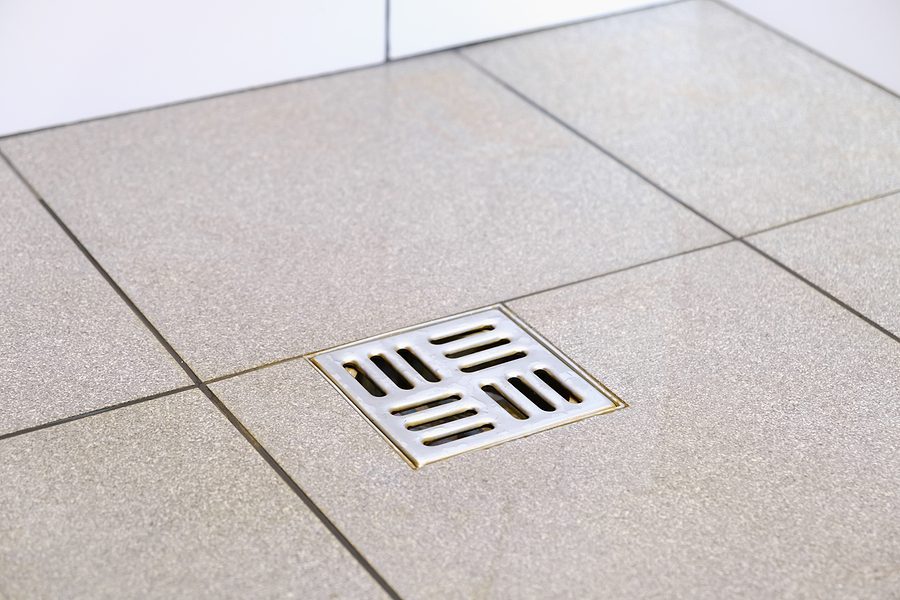
You may have annoying drain clogs. And then, there are the stubborn clogs that just keep returning no matter how hard you try.
The problem above could last forever, all it takes is to identify what is really going on, and the best method for fixing it. So, if you’re feeling stuck, don’t lose hope just yet!
Chronic Clogging Causes & Fixes
It’s not great when it’s time to shower and get clean and you end up in half a bath of water because apparently the drain gets clogged every other day. If you are still trying to go for a quick fix, and nothing seems to work, then do check some of these reasons.
Ventilation Problems
Part of the plumbing system are vents that release air pressure that water creates as it flows down the drain. If these vents get blocked, or there is a lot of debris buildup, you shower will start to drain much more slowly than it did previously.
Wrong Drain or Trap Size
Your drain line size and trap size must be the same (and code compliant). What you don’t want, she explained, is a 1.5” drain line and a 2” trap, because you’ll reduce the flow of water.
Pipe Clogs
The problem could be that your drain isn’t broken — it’s just that you have a clog deep in the pipes. This builds up over time through repeated use, as hair, dirt, grease, and soap tend to clump together. Sometimes, the issue is minerals accumulating or tree roots penetrating your underground pipes.
Quick-Fix Suggestions to Avoid a Shower Drain Clog
If you’re reading this, you probably have already tried a few different methods of clearing the clogs. But did you know you can also take a few steps to help prevent chronic clogs?
Our best tips for keeping drains clear include:
Hair Catchers
One straightforward way to minimize all that hair and debris going down into your pipes is to place a hair catcher, or a drain screen, over the shower drain. If you take this approach, make sure that you’re regularly cleaning the catcher to prevent that from clogging again.
Boiling Water*
About every week or so, slowly pour a few cups of boiling water (a kettle is the way to go here) down each of the pipes to keep things moving and to help prevent a build-up of debris.
*Pro Tip: DO NOT use boiling water down PVC pipes – the heat will seriously damage the pipe permanently. Never use boiling water on pipes that aren’t metal.
Proper Dirty Water Disposal
For those who usually throw dirty water down your drain after mopping the floors or cleaning paintbrushes, start to avoid this from now on. Such dirty water can contain soap, grease and other debris that helps to cause pipe blockage.
Clearing a Shower Drain
Chances are, if you have a drain problem, you’ve attempted some of these solutions. But sometimes you have to try different alternatives until you eventually find what works. These are some excellent ways to clear a smaller clog without using chemicals:
- Baking Soda & Vinegar
- Dump in about a cup of baking soda into the drain
- Allow for a couple of minutes for the baking soda to sit
- Pour around one cup of vinegar directly into the drain
- Allow the mix to sit for an hour or so
- Dump a pot of boiling water down the drain to rinse the mix
- Verify if you fixed it
Plunger
A handy tool for applications beyond the bathroom, plungers can be effective for smaller clogs in the shower by filling the shower’s base with water (so the base of the plunger is submerged) and plunging as you normally would.
Pro Tip: If you’re having trouble with the plunger in the shower, smear some petroleum jelly around the rim; that will help create a tighter seal.
Plumber’s Snake
You can typically find a plumber’s snake for a reasonable price at hardware stores, though note that some require a power drill in order to run the snake.
How to Use a Plumber’s Snake
- Take out the drain cover
- Put the snake’s head down the drain
- Do not try to jam the snake, but feed the snake and twist as you feed
- Reinsert the snake and pull debris or hair off it
This process can be repeated, as needed, and you can end it with a pot of boiling water, as you would if you tried the baking soda method.
The flip side, of course, is getting your hands dirty. If you’re leaning confidently that it’s hair, put on some gloves, remove the drain cover and pull out any clogs you can spot.
Avoid using something like a hanger to try to pry something out of the drain, as this can potentially damage your pipes. You don’t need a small pipe clog to become a much larger issue.

